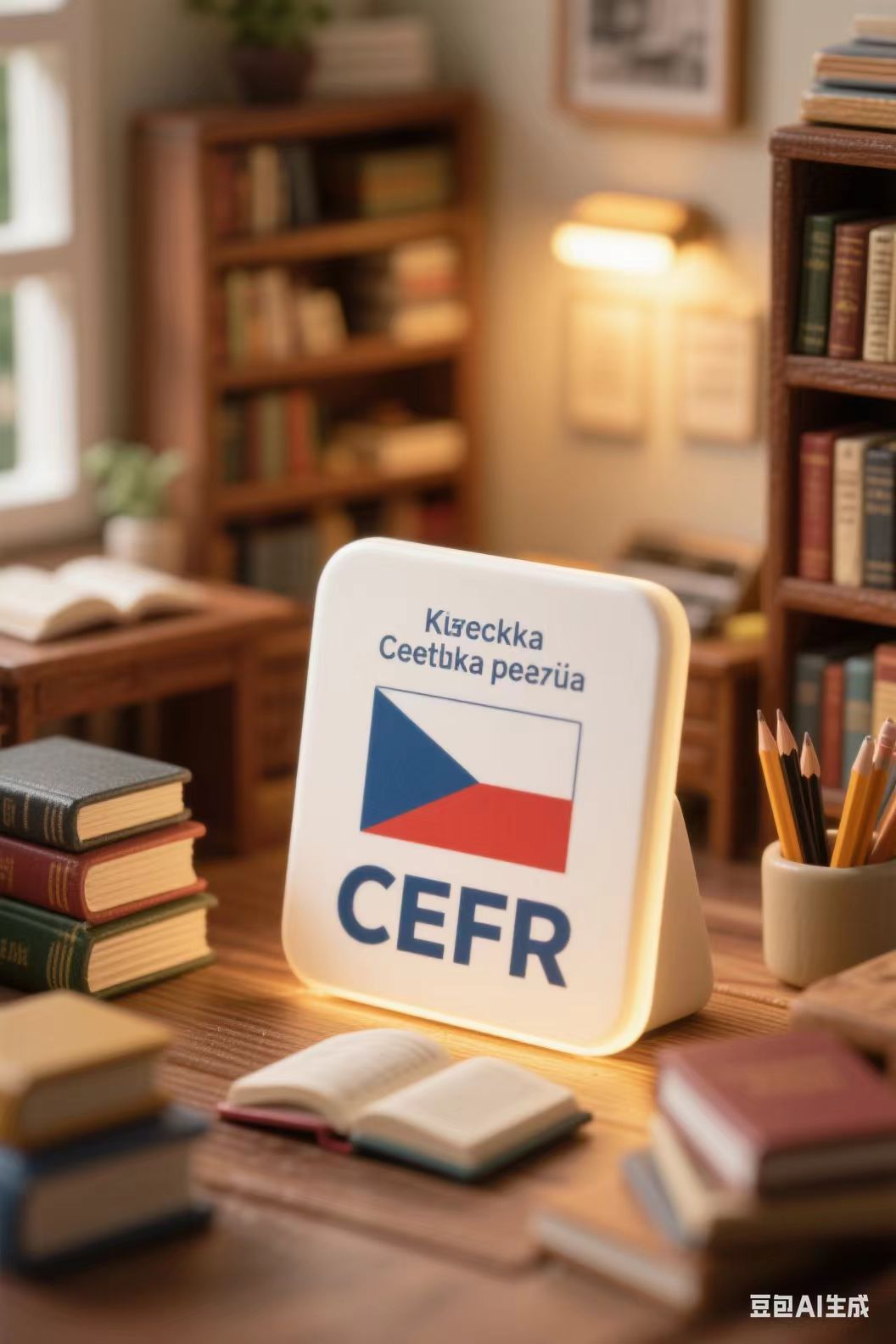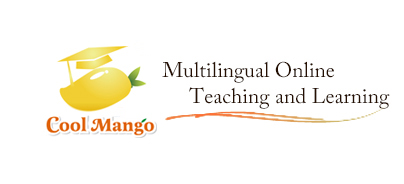
The following is the grading scheme for the Czech online education platform, which combines the grammatical characteristics, pronunciation difficulties and cultural adaptation requirements of Czech to provide modular design and technical implementation path:
I. Classification and core competency requirements
1. Grading system based on CEFR
A1 (basic): Master basic greetings, numbers, daily items vocabulary (about 800 words), can conduct a simple self-introduction (such as Jmenuji se...) and shopping scene dialogue (such as Kolik to stoji?).
A2 (Primary): Expand life scenarios (such as asking for directions, seeking medical treatment), understand basic grammar (such as singular third person change of nouns), and be able to write short notes (such as Potrebuji pomoc.).
B1 (intermediate): handle work/study situations (such as meeting minutes, email writing), master verb tenses (such as past tense jsem sel) and complex sentence structures, and be able to express opinions (such as Myslim, ze...).
B2 (Intermediate): able to deal with professional content (such as business negotiation, academic presentation), proficient in complex grammar (such as conditional clause Kdybych mel cas), able to analyze cultural differences (such as the difference between Czech and German business etiquette).
C1 (Advanced): Proficient in literary works and legal documents, grasp the difference between written and spoken language (such as V prosim, o vysvetleni in formal documents), able to write critically.
C2 (proficient): reaches native language level, can give impromptu speeches and deal with culturally sensitive content (such as the expression of Czech historical events), pass speech recognition test for special pronunciation (such as r, ch).
2. Design of examination modules and questions
1. Grammar and vocabulary special
Nominal conjugation: fill in the blanks of the sentence to test the seven conjugations (such as subject kniha → object knihu), combined with the use of prepositions (such as s knihou).
Verb conjugation: design tense conversion questions (such as present tense pisu → past tense psal), examine irregular verbs (such as byt conjugation).
Special pronunciation: Use speech recognition technology to detect the accuracy of r (vocal tremor) and ch (throat wiping) pronunciation, such as identifying the difference between reka (river) and reka (speak).
2. Listening and speaking
listening material:
A1-A2: Everyday conversations (such as ordering food, shopping), speaking rate 120 words/min, including Czech syllable consonants (such as zmrzl "freezing").
B1-B2: News reports and academic lectures, speaking rate of 150 words per minute, need to capture cultural implicit information (such as the expression of historical events in the Czech Republic).
Oral test:
AI evaluation: The pronunciation accuracy (such as the pronunciation of e is similar to "ye") and fluency are detected by iFlytek voice engine, and the tone deviation report is automatically generated.
Human examiner: Assess cultural fit, such as using Dobry den in a formal setting rather than Ahoj in an informal setting.
3. Reading and writing
reading material:
A1-A2: Indications combining text and pictures (such as traffic signs Zavreno "closed"), testing the recognition of special Czech letters (such as c, s).
B1-B2: Business mail and literary fragments, analysis of Czech free word order (such as Vcera jsem videl film and Film jsem videl vcera).
Writing Task:
A1-A2: Fill in the form and short message, using the correct number of genders (such as the negative adjective hezka "beautiful").
B1-B2: Business letters and essays, showing complex sentence structures (such as Protoze jsem studoval, ziskal praci.).
3. Technical implementation and tool support
1. Speech recognition and input
technical proposal:
Using the iFlytek voice engine, it supports 37 Czech speakers and special pronunciation (such as r, ch), with an accuracy of more than 90%.
Integrated virtual keyboard, including special characters of Czech language (such as e, s, c), support one-click switch to QWERTY layout.
Anti-cheating measures:
The camera captures lip shape matching (to detect the test taker) and AI analyzes voice print features (to ensure the authenticity of the candidate).
2. Cultural adaptation and content censorship
Cultural notes:
Czech customs are included in the teaching materials and test questions, such as the need to use a surname (e.g. Pan Novak) in business situations, avoiding direct use of the name.
The reading material includes historical and cultural background, such as the origin of the traditional Czech festival Cerveny zari (Red June).
Sensitive content filtering:
A cultural advisory board was established to review the questions, with Czech language experts, to avoid political controversy (such as the historical representation of Bohemia).
Certification and cooperation
1. Official cooperation and international connection
Home country certification:
In cooperation with the Ministry of Education of the Czech Republic, the certificate is included in the Czech Language as Foreign Language Competency Standards (Cesky jazyk jako cizi jazyk) to meet the language admission requirements of Czech universities.
In cooperation with Charles University in Prague, we have developed a B2-C2 level academic examination module covering Czech literature and history courses.
International recognition:
The grades are marked with CEFR levels and can be used to apply for an EU blue card or an H1B visa in the United States, enhancing global versatility.
2. Examination format and cycle
AI computer test: A1-A2 level supports immediate test, results will be released within 48 hours, including speech recognition and automatic grammar scoring.
Manual invigilation: B1-C2 level is conducted by online video test with Czech examiners, focusing on cultural adaptability and oral fluency.
5. Preparation resources and teacher support
1. Official textbooks and tools
Graded textbooks:
Recommended for Cestina pro cizince (A1-B2), which includes cultural notes (such as Czech name format) and audio resources that can be used in conjunction with the syllabus.
A bank of real questions is provided, such as B1 level including Czech business email templates and listening texts.
Online tools:
Czech grammar practice platform (such as CzechGrammar.com) supports special training of verb conjugation and case change.
TED-Ed Czech channel, used for B2-C2 level professional vocabulary expansion (such as science and technology, legal terms).
2. Teacher training and support
Cultural Teaching Workshop:
Regular Czech grammar seminars are held, focusing on verb morphology (such as the perfect udelat and the imperfect delat).
Provide AI-assisted lesson preparation tools to automatically generate differentiated exercises (such as special exercises on the use of Czech quantifiers).
Vi. Implementation path and risk control
1. Implement in stages
Pilot phase (6 months):
The A1-B1 level test was launched, and the validity of the test questions was verified in cooperation with Beijing Foreign Studies University to optimize the speech recognition model.
Expansion phase (12 months):
Cover B2-C2 level and develop dialect support modules (such as Moravian dialect listening materials).
Full promotion (18 months):
Integrate cultural intelligence detection (such as automatic filtering of sensitive historical words), launch mobile test APP, and support offline answering.
2. Risk control
Technology iteration: update the speech recognition model every quarter to improve the recognition rate of r, ch and other sounds (target> 95%).
User feedback: Collect candidates' opinions through NPS survey, and optimize the difficulty of questions and cultural annotations.
7. Differentiated design: Czech language characteristics adaptation
1. Grammar and pronunciation focus
Corpus characteristics:
In the test, emphasis is placed on changes in germs and verb conjugations. For example, in level B1, questions are set to restructure sentences (such as changing Mam knihu to Kniha je u me).
Design a tense conversion game to help students master the difference between past tense (jsem sel) and future tense (pujdu).
Difficulties in pronunciation:
Add tone matching questions to the listening test, such as distinguishing between pan (man) and pan (pot).
The oral test requires candidates to read a tongue twister containing r and ch (such as Strc prst skrz krk) to test the fluency of pronunciation.
2. Cultural scene integration
social poise and grace:
The oral test is set in a simulated situation, such as the use of formal address (Pane Novaku) and modest expression (V prosim, o vysvetleni) in business negotiations.
The reading materials include the customs of traditional Czech festivals (such as Velikonoce Easter) to test cultural understanding.
The writing system:
Pinyin auxiliary input (such as "reka" automatically prompts "reka") is allowed in writing tests to reduce the difficulty of special character input.
The reading material provides a switch between simplified and traditional Chinese to adapt to different user habits.
Example: Sample questions for A2 level examination
1. Listening section
Title: Listen to a Czech conversation and answer the question Kde se setkavaji pratele? (Where do you meet your friends?)
material:
Anna: Ahoj, Petr! Kde nás setkáme?
Petr: Na náměstí, u starého stromu.
Anna: Dobře, vidíme se za hodinu.
Answer: Na namesti, u stareho stromu. (In the square, under the old tree).
2. Grammar section
Title: Change the sentence Mam kocku (I have a cat) to instrumental.
Answer: S kockou (with a cat).
3. Oral part
Title: Describe a picture of a traditional Czech market using at least three adjectives (such as zivy "lively", barvity "vivid").
Scoring points: adjective number combination (e.g., barvity trh), pronunciation accuracy (e.g., r).
IX. Summary
The Czech language examination scheme should be designed around the complexity of grammar (seven-case changes, verb conjugation), the uniqueness of pronunciation (r, ch), and cultural appropriateness (formal/non-formal language). It should integrate iFlytek speech recognition with differentiated question types to build a scientific grading certification system. Through phased implementation and continuous optimization, it can ensure that the examination not only meets international standards but also accurately reflects the linguistic characteristics of Czech.

Cool Mango focuses on the online language teaching and learning with all foreign teachers for multiple languages. It aims to popularize online language teaching and learning globally, recruit and train professional teachers worldwide, and create the unique Cool Mango teaching method. It builds an efficient language learning mode and environment with real teaching by native foreign teachers and real-time translation assistance of AI, providing high-quality online language courses and online communication platform for everyone.
 |
  |
  |
Copyright © Cool Mango Co. Ltd. All Rights Reserved. / Privacy Statement / User-agreement











